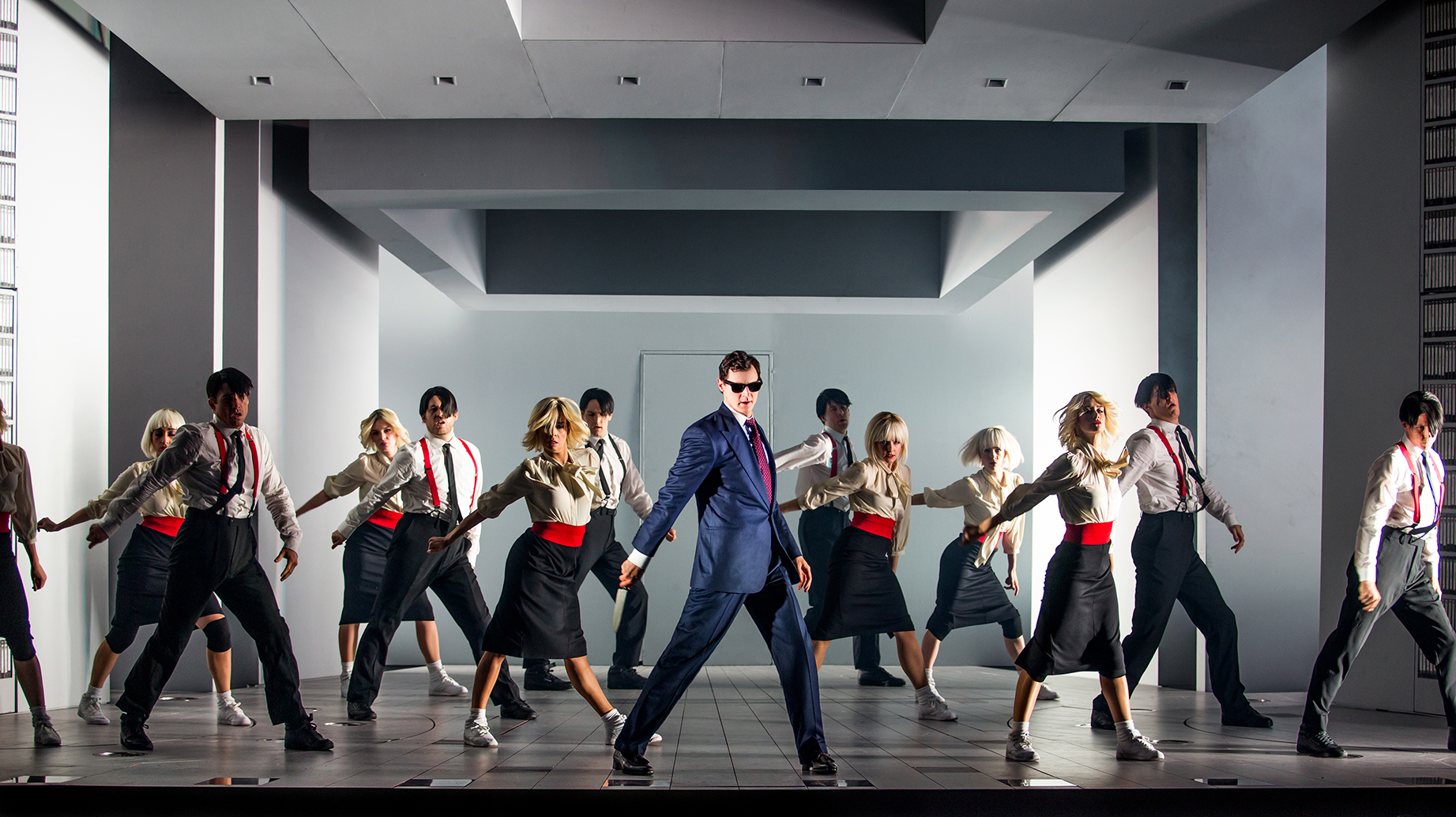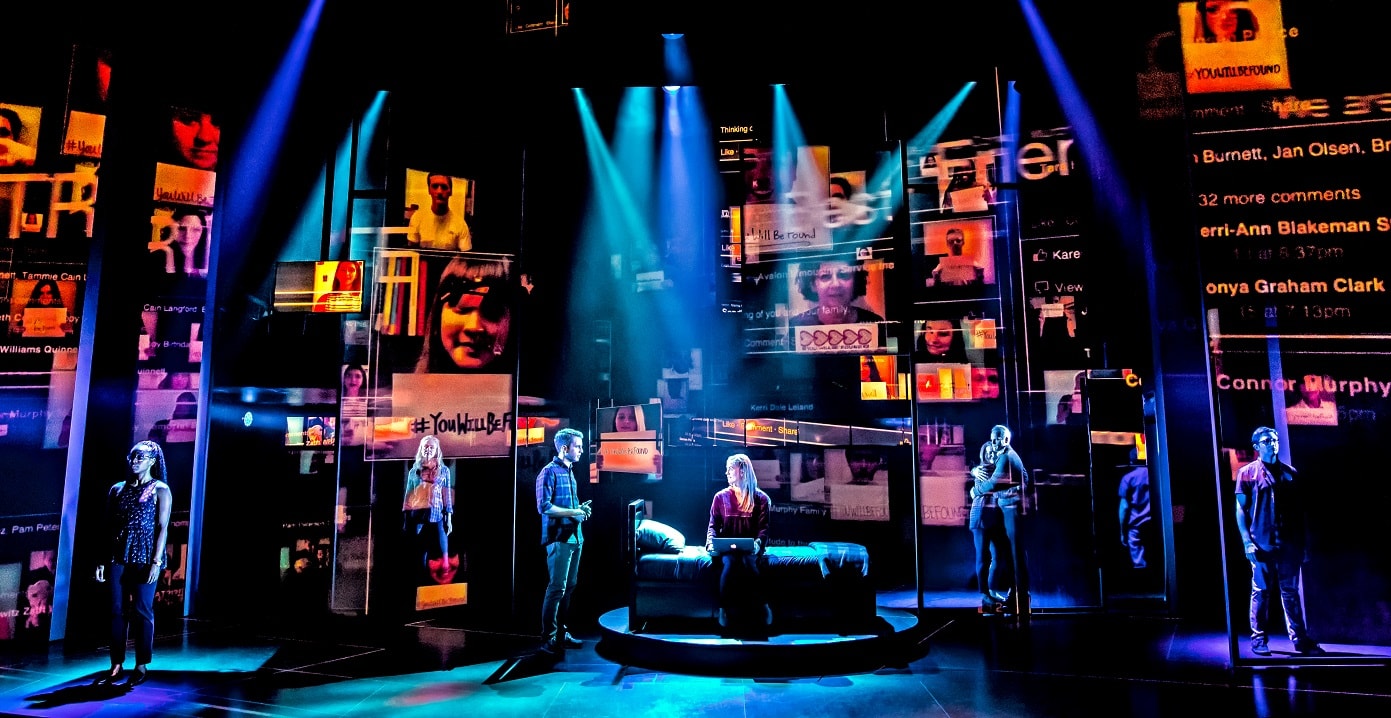It takes decades for an area of design to be understood, it seems. Projection design, now almost a given in musicals, is considered so new in its present form that it hasn’t found a place at the Tony table. Sound design, just a little older, has had an on and off relationship with critics and award voters. When we talked to projection and sound designers, we discovered one reason they’re left out of the conversation is that too few people fully understand what they do.
Lighting design has been around for a time, and a lighting designer takes home a Tony each year—presented off-camera, before the big event. Critics mention it only occasionally, and rarely with understanding. Maybe that’s because audiences, critics, and award voters don’t fully understand lighting either. So we thought we’d try to illuminate it.
What is Lighting?
The art of observation: “As I sit here in my studio, there’s sunlight coming through a window and hitting a bookshelf. There’s a certain way the light is bouncing around that space,” theatrical lighting designer Ben Stanton says, adding that his job is to translate that to the artificial environment of the stage. He keeps a mental image bank that he adds to daily. Although not all theater is realistic, he finds it a good foundation that allows him to create images that resonate with audience experiences. “An audience is usually familiar with how it looks and feels to walk in a forest or sit in their bedroom next to a beside lamp at night. As a lighting designer, I can exploit this common visual language to help tell the story, but it all begins with observing,” he says.

Painting in three-dimensions through time. “I think we can look to the language of film as we talk about how light moves, cuts, and shapes a story. The language and history of painting gives us a sense of color, composition, and idea,” says Justin Townsend. “Perhaps most importantly, light is effervescent and celebrates the liveness of theater by its very existence. It is completely live and of the moment, and so we can talk about how it makes us feel as human beings in one room together.”
Creating an atmosphere that deepens our understanding of who we are: Japhy Weideman was 20 when he took an elective in stage lighting at the University of New Mexico, where he majored in political science and took painting, drawing, and photography classes, too. Through his studies, he says, he began to think about man’s relationship to light. "How we are affected as a species is conducted by solar and lunar cycles,” Weideman says, noting that plays done in early Greek amphitheaters were timed to have the sun set at the cathartic moment as a character dies at the end. While the invention of the lightbulb and subsequent developments have greatly improved our lives, they have also taken us away from the natural earth cycles. Can lighting design aid in reconnecting us?

Weideman sees lighting as “a four-dimensional art form that happens in time and works with live performance, live music, or film. Something I think of when I do a show, you’re creating an atmosphere that is representational of the current time or another time or another dimension, but essentially what you’re experiencing on stage through light is a kind of portal into a deeper understanding of who we are as human beings.”
Story support: “I think of lighting design less as a form of artistic expression but as a craft to support the text and help the audience understand the story that’s being told,” Stanton says. “We’re working with a lot of technology and physics, but ultimately, we’re storytellers. What lighting designers need to master is the art of non-verbal storytelling.” A musician before switching to a visual medium, he says this “other form of non-verbal storytelling” formed the basis of what he does today. “A lot of the way I understood dynamic storytelling translated from one to the other.”
Read Part Two and Part Three.